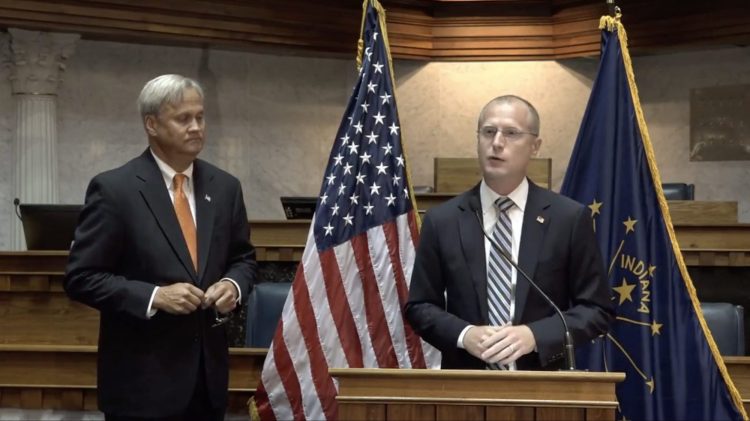Faced with the challenge of locating mid-band spectrum for 5G services, the U.S. Federal Communications Commission has confirmed that it expects to reallocate and auction a block of 2.5GHz spectrum that was reserved decades ago for educational TV. A draft order will set a formal FCC vote on the reallocation for July 10, paving the way for an auction next year.
The order would expand U.S. availability of mid-band spectrum, also known as “sub-6GHz” frequencies, which travel further than millimeter wave signals and may better penetrate buildings, but typically deliver slower data rates. Outside the United States, many countries are launching 5G first in generally unused 3.5-3.7GHz spectrum, but existing U.S. users in that frequency range, including naval radar systems, have made reallocation challenging. Still, some 5G services in the 3.5GHz range are expected to launch in 2020.
According to FCC Chairman Ajit Pai, reallocating the reserved portion of the 2.5GHz band will give 5G bidders access to “the single largest band of contiguous spectrum below 3GHz,” a potentially healthy addition to their existing 4G holdings in spectra ranging from 600MHz to 2.1GHz. In the United States, only Sprint is already offering 5G service on the 2.5GHz band thanks to previously leased holdings, which would not be negatively impacted by the reallocation.
Pai notes that the 2.5GHz spectrum was being held specifically for educational TV uses and generally sat unused, wasting a resource that now has strong appeal in the 5G era. The order would give Indian tribes early, region-specific access to parts of the 2.5GHz spectrum needed to offer mobile service on their land, then auction everything else to other bidders.
June 5th: The AI Audit in NYC
Join us next week in NYC to engage with top executive leaders, delving into strategies for auditing AI models to ensure fairness, optimal performance, and ethical compliance across diverse organizations. Secure your attendance for this exclusive invite-only event.
The single biggest issue with the Educational Broadband Service band is that its total bandwidth is 114MHz, which alone isn’t enough to deliver ultra high-speed 5G service. But the 2.5GHz spectrum could be “carrier aggregated” with adjacent or separate spectrum to provide faster service than 4G, or more consistent indoor service than millimeter wave-only 5G.
The FCC will also use its July 10 meeting to set final terms for previously announced December 10 auctions of 37, 39, and 47GHz millimeter wave bands. AT&T already has holdings in the 39GHz band, which it used to launch “very limited” 5G for businesses in 19 cities, but it’s unclear how much demand there will be for these frequencies. Recently concluded auctions for 24 and 28GHz spectrum raised $2.7 billion, providing all of the top U.S. carriers with ample millimeter wave spectrum. Pai notes that the December auction will be the “largest in American history,” as it will offer 3,400MHz of potential bandwidth to businesses, creating the potential for the widest data highways yet constructed.
Update at 11:49 a.m. Pacific: The FCC’s just-released report and order on the 2.5GHz band notes that the specific frequency range (2496-2690 MHz) includes 20 channels that were irregularly allocated to the Educational Broadband Service, 13 channels for the Broadband Radio Service, and related interference guard band channels.
While prior users of these channels will be displaced, the FCC’s report broadly downplays various harms that were suggested in public comments, and says that the new uses will make better use of the spectrum. The agency describes the spectrum as “prime spectrum for 5G,” but says it has “lain fallow for more than twenty years, particularly in rural areas.” If the vote passes in July, two block sizes will be offered at auction — 100MHz and 16.5MHz — and bidders will be able to buy blocks on a county-by-county basis.

